The gem of wisdom that stuck from the very wise book “the little prince” is that ‘ it’s the invisible, not the visible that makes something important”. When I contemplate my thesis, this notion pops to minds. I'm interested in the smaller places that exist within in our world, whilst they are mostly visible, it’s the hidden and personal relationship you have with them that makes them precious.
These places are small worlds in themselves. They exist in the small corners of our houses, inside draws, books and matchboxes. They are under rocks, inside crocks of trees, hidden between the bristles of your fathers beard or inside the envelope that your letter arrived in. The simplest but most effective example I have of these spaces is inside a cut apple…when cut horizontally hidden inside an apple is the divine pattern of a star. Because it is hidden, small and almost a secret it fills you with a sense of wonder. Places like these are worlds within our world, and they can exist simultaneously. One can be an escape from the other. They are intimate, peaceful places, just like finding a quiet corner in an otherwise busy mind.
Throughout my own childhood these spaces have fascinated me… I would seek them out. The relationship between me and these spaces and the wonder they filled me with was private and beautiful. I am interested in the relationship between people and these spaces and why it is important that they exist in an already crowded world. Some of these spaces delicately reflect the infinite nature of the universe… on it most basic form. For example, put two mirrors together, and look at the space that is created. The reflections never end. Note also the Bjork film clip ‘Joga’, and the concept of infinite landscapes, landscapes that exist within landscapes etc. (Think about landscapes that live within other landscapes, smaller and smaller, the tree, the bush, the flower, the moss and the bugs). They create small worlds contained by other smaller worlds. Babushka dolls also invoke the idea of an infinite space, it opens and opens and open, getting smaller and smaller… potentially forever.
Spacial concepts like these are reoccurring themes throughout children’s books and other literature. Think Alice and wonderland and the tiny door to the garden, Roahl Dahl’s ‘Minpins’, or ‘The Indian in the cupboard’. These spaces play a role in these stories, as the point of interest and wonder, the place that starts the adventure, the reason for the adventure. In the long term, I hope my research will influence and inform an illustrated children’s book, the theme being hidden small spaces and a characters interactions with it. I’d like to document my discovery (of rediscovery) of these places, where they are, and why they exist.
Spaces that interest me
With-in a draw (my mothers draw)
With-in Babushka dolls (my mothers)
With-in a book
With-in an envelope
With-in a nest
With-in a beard
With-in a cut apple (the star pattern that is hidden inside)
Under Rocks (and the tiny animals that live there. they always crawl away when you lift up the rock, as if you just crashed a secret party)
Moss (a tiny island of grass)
Inside a shell
Book references
Summer book by Tove Janssen (the magic forest)
Alice in Wonderland (the garden)
In a dark dark house by unknown
The man
The Minpins
The Indian in the cupboard
Poetics of space by Gaston Bacholard
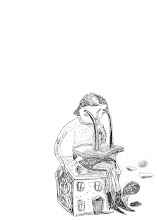


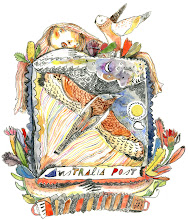








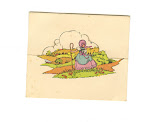






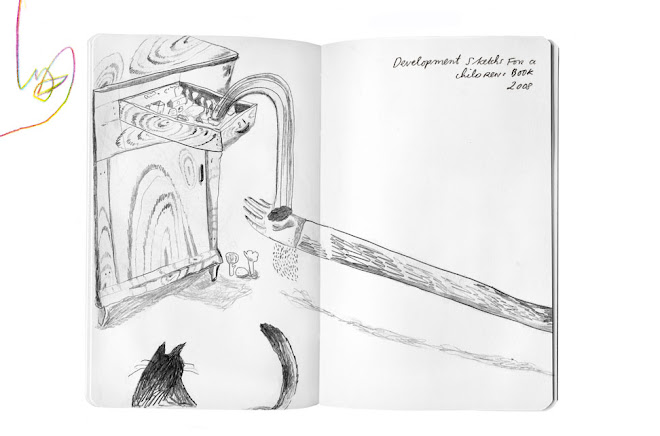
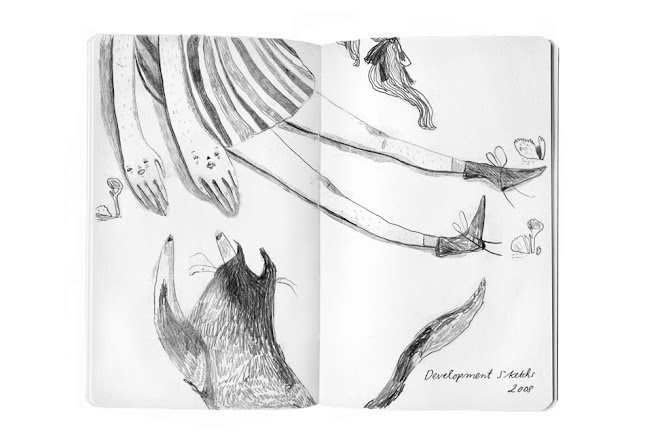
1 comment:
i love what you are exploring here. Do you have a webpage with your work? lovely sketches and finds. I too have an interest in the rich and essential element of childlike wonder. Love this little blog!
Post a Comment